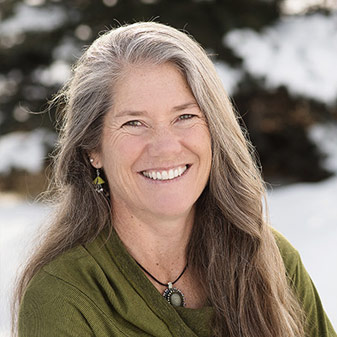If You Build It, They Will Come
More than a hundred years ago on Canada’s west coast, a limestone quarry was dug into the depths of Vancouver Island. Robert Butchart removed the limestone to feed his cement factory but left behind a giant pit. His wife, Jennie, brought in loads of top soil—delivered by horse and cart—to eventually fill the exhausted quarry and create a place for a garden. Soon their home and quarry began to blossom. The gardens grew from a sunken pit in the quarry to blooms covering 55 acres. Benvenuto, as they called their estate—“welcome” in Italian—was open to the public.
It was the couple’s grandson, Ian Ross, however, that restored and transformed the private home and gardens following World War II into today’s for-profit Butchart Gardens. The gardens are fourthgeneration, family-run, and continue to be financially self-reliant. Part of this success is due to the family continually adding new amenities that enhance the visitor’s experience. In addition to afternoon tea, which has been served since visitors first arrived to the gardens in the early 1900s, today’s attractions include dining areas, winter skating, summer concerts, fireworks, and a holiday lights tour. The number of annual visits roughly matches the more than one million bedding plants that color the landscape. The entry fee varies by season but runs from $2.00 for a child up to $30.00 for an adult.
Today, the only remnant of the cement factory is a tall chimney from an old kiln. These internationally acclaimed gardens began with an entrepreneurial spirit and a passion for creating a clean and enjoyable environment. Unlike many other public gardens around the world, Butchart Gardens is self-funded, generates a profit, and even allows dogs.
For more information: butchartgardens.com
 Upcyling in India
Upcyling in India
New Delhi has no shortage of garbage. In fact, it produces around 8,000 tons of waste every day. But to many private citizens, the city’s trash contains a wealth of resources.
Ragpickers, as they are called, collect garbage from city streets and recycle it in hopes of making ends meet. They are the poorest of the poor in India. But there is one kind of garbage that, until recently, brought them no value: plastic grocery bags. As a result, plastics are strewn throughout the city.
Anita and Shalabh Ahuja, founders of Conserve India, found a solution to this plastic bag conundrum. The couple began a neighborhood composting project in 1998. The composting was short-lived, but it morphed into a different type of waste conversion. They call it “upcycling,” which means converting waste into useful resources. Conserve India takes plastic bags that employees collect from the city streets and dumps in Delhi and transforms them into sheets of vibrantly colored plastic material. The sheets are used to create new bags, belts, wallets, and even shoes that are sold in the global marketplace to stores such as Monsoon, Crate and Barrel, and Oxfam.
Initially a nonprofit, the founders recently created a for-profit arm, Conserve HRP, to help ensure long-term stability through income from product sales. As Shalabh Ahuja says, “All waste is a resource.” They have patented the plastic fusion process that gets them from garbage collection to fashion design. Selling the fashion is what funds their mission of environmental enhancement and social development. A portion of the companies profits are put back into projects such as a health-care center they built for employees.
The organization also provides jobs and training to some of India’s poorest citizens. They have about 300 salaried employees, which according to their website, make about three times as much collecting bags for Conserve than they would selling rubbish elsewhere. The company also offers training and loans for employees to develop their own start-up businesses.
As any enviropreneur can tell you, turning waste into resources is a trend for the future.

 Upcyling in India
Upcyling in India


